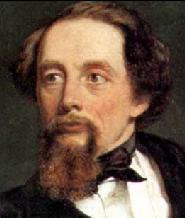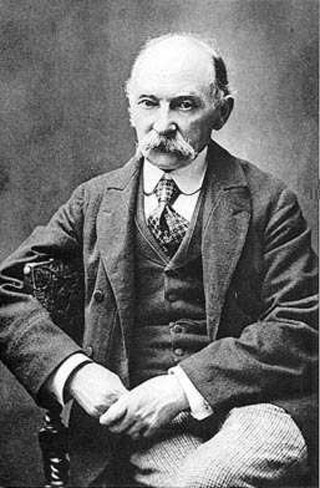THE REALISTIC NOVELIST IN ENGLISH LITERATURE
Charles Dickens
Charles Dickens was born in Portsmounth in 1812. He had an unhappy childhood because he worked in a workhouse. He became a reporter and he wrote on “Sketches by Boz”.
Dickens wrote a lots of authobiographical novels:
- Oliver Twist
- David Copperfield
 Other works includes “Hard times” and “Great Expectations”.
Other works includes “Hard times” and “Great Expectations”.
He spent his last years traveling round giving readings of his works and he died 1870.
London is his setting and he use this town to give a ralistic picture of middle class with a use of comic manner and in this works we can see how the Dickens’s works are well-planned.
He was on the side of poor the outcast and also the working class. His didactic aim is to illustrate the bad condiction of living in this period expecially the bad conditions of poor people.
Dickens’s style is careful choise of adjective, repetitions of words and structures.
David Copperfield can be divided in three parts:
- Childhood
- Later youth
- Maturity
In “Hard Times” I’ve read “Coketown” where this town is described like a industrial city where everything is monoton and dark...And here we see the critic to the industrialism.
Thomas Hardy
Thomas Hardy was born in june 1840 and he was a voracious reader. He was consider a naturalistic novelist because he was influenced by the Darwin and Newton theories. In fact he didn’t believe in God and he had the deterministic view. He wrote with a great cosmic perspective which he opposed to the smallness of the man. Another important caracteristic of Hardy’s works is the “Mistycal Wessex” (Old Saxon Kingdom of Alfred The Great and it correspond to the south-west corner of England). And in this setting we can see the superb sense of place and a knowledge of country traditions. Hardy described the life of rural people and they present their experiences and reactions to events. Derived to his deterministic view his the Nature’s view in fact it didn’t enter in the life of characters but it was only the setting. The last theme in Hardy’s works is the struggle of being alive.
and he had the deterministic view. He wrote with a great cosmic perspective which he opposed to the smallness of the man. Another important caracteristic of Hardy’s works is the “Mistycal Wessex” (Old Saxon Kingdom of Alfred The Great and it correspond to the south-west corner of England). And in this setting we can see the superb sense of place and a knowledge of country traditions. Hardy described the life of rural people and they present their experiences and reactions to events. Derived to his deterministic view his the Nature’s view in fact it didn’t enter in the life of characters but it was only the setting. The last theme in Hardy’s works is the struggle of being alive.
Hardy use a language with a great sense of impressions and he was the first to use cinematic techniques like the zoom and the camere eyes. The most important works of Hardy are:
- Tess of the D’Urbervilles
- Jude the Obscure